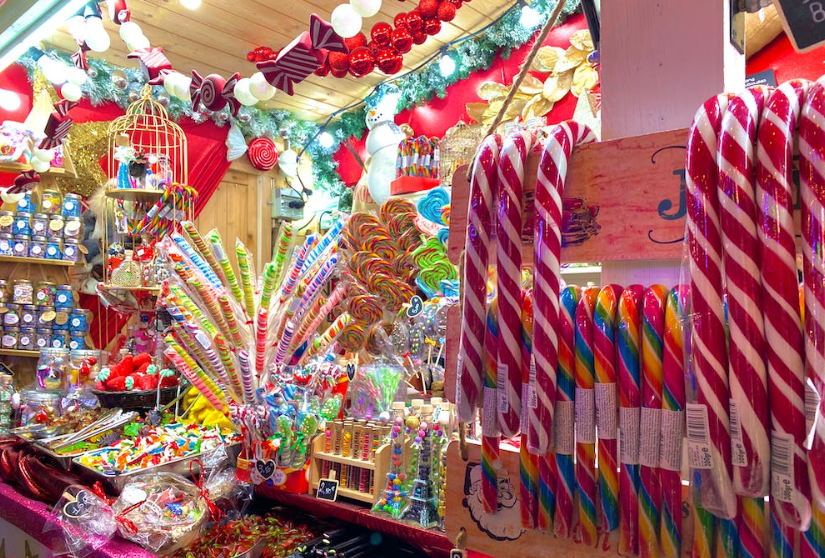Being able to create and run candy stores to a successful level is far from simple. There are a lot of moving parts involved in the industry, but there are great opportunities to satisfy members who want treats for the holidays, for home time, for parties and for gifts. We will examine the steps that professionals take to develop their brand and deliver the best store experience possible.
Have a Wide Variety of Candy Options
In order for business operators to successfully run candy stores from their local position, they need to invest in a range of confectionery delights. From the chocolate flavours that span from dark and rich to light and white, then there will be caramel, licorice, gummies, lollipops, sour candies, chewing gum, toffee and beyond. The more flavours, styles and alternatives that are accessible, the more that consumers will be drawn into the stunning treats that are on display.
Invest in Quality Infrastructure
For candy stores to keep up with the competition and to have the resources to handle the demand from the public, there needs to be enough equipment and infrastructure on site. This is about driving efficiency in the workplace, to be compliant with industry standards, to improve safety and to open access to consumers. It will feature display shelves, dispensers, baskets, gift bags, containers, stickers, jars, wraps, tongs, counter tops, racks and more.
Recognise Shelf-Life Limitations
The challenge that local candy stores face when they don’t make their own products on site is that they have to be very careful and diligent with the used-by dates and shelflife limitations of certain collections. For instance, most common chocolates will last up to 12 months, but a number of milk chocolate varieties will only be suitable for between 8-10 months depending on the ingredients. Whether it is caramel, hard candies or chewing gum, it is essential to read clearly the used-by dates on the packaging and to ensure that the goods are safely stored in a cool environment out of sunlight exposure.
Building Around Themes & Target Demographics
Business owners who want to run a successful venture within the candy industry need to think about the people they are servicing. From young kids to adolescents, young adults and retirees, there will be certain themes, colour profiles and dynamics that will attract them to various collections in the shop. Think about what will be suitable for kids, for young adults and for the elderly who will likely gravitate to some of the classic brands to tap into that nostalgia.
Clean & Colourful Environment
Plainly speaking, a trip to local candy stores should be a fun experience. Unlike walking down the supermarket aisle where everything is generic and uniform, this is a chance to provide a colourful and welcoming environment. It is why many owners will invest in banners, stickers, artwork, unique paintings and styles that really draw in the eye. Above all else, the space should be clean and professional to ensure that people feel safe.
Responding to Flexible Dietary Demands
In 2023, it is not enough for candy stores to just send out packages and confectionery goods that are packed with sugars and fats. There will be dietary conscious consumers who also want to enjoy some treats at home or for parties and events. From sugar-free candies to non-GMO, gluten-free, non-artificial colours and kosher options, it is essential to source brands that satisfy a different demographic of customer.
Summary
Business operators will be able to successfully run local candy stores if they manage to satisfy these requirements. By talking with industry peers and connecting with experts, it will be easier to handle these expectations. Take the time to assess each category and ensure that customer demands are met at every stage.

